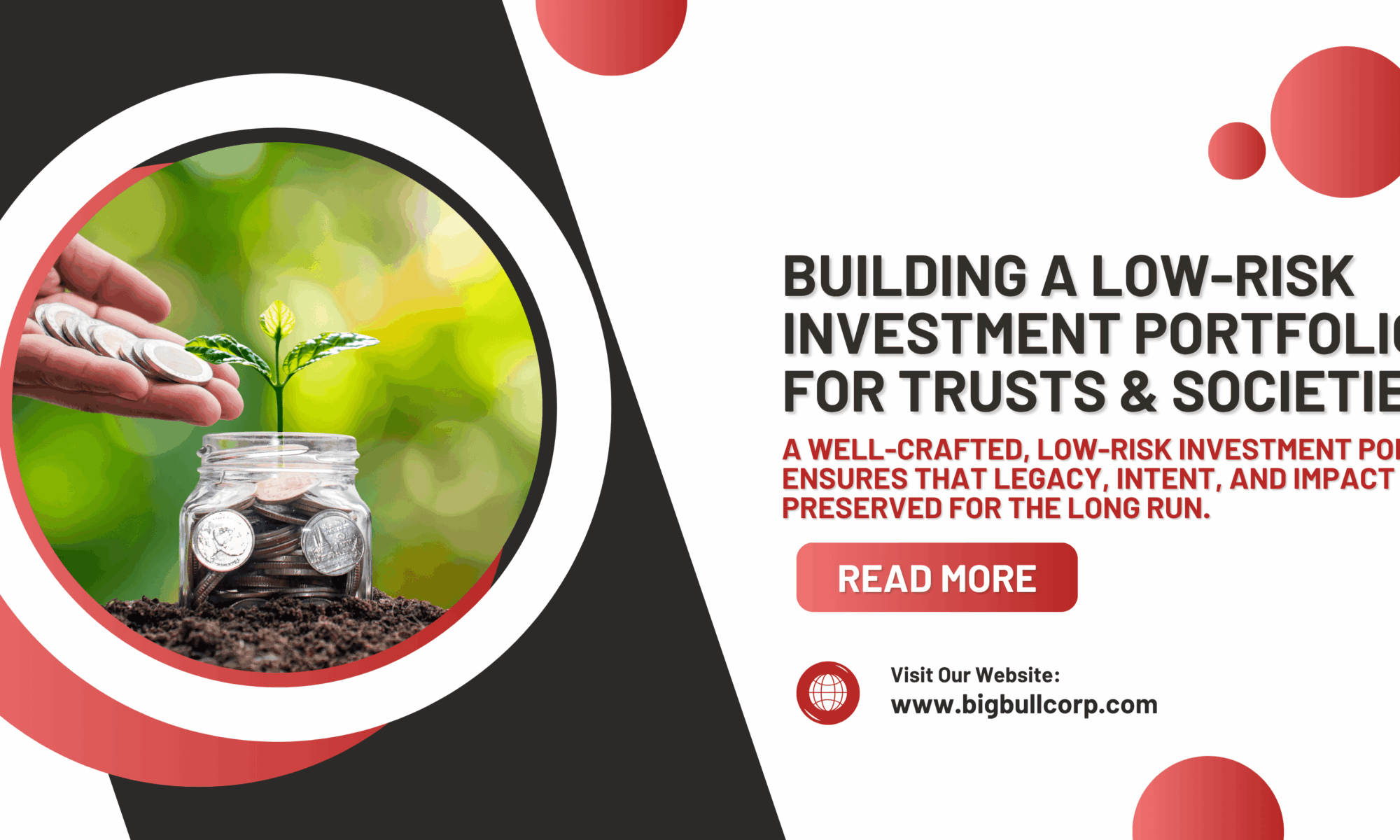In less than a decade, India’s Unified Payments Interface (UPI) has transformed the way we move money.
From chaiwalas to corporates, UPI has brought digital payments into the daily lives of more than 300 million Indians. And all of it – with zero fees.
But that zero-fee model, while a boon for consumers, might be a silent killer for many fintech businesses.
The Power of UPI – and the Price of Free
UPI is fast, free, and frictionless. That’s why it’s been widely adopted.
But every swipe or scan has a cost – servers, security, customer support, fraud management – and someone has to bear it.
For a long time, banks and fintech apps absorbed these costs, betting on scale, data, and cross-selling to eventually make money.
But here’s the catch: when payments become a zero-revenue game, how long can that model sustain?
Fintechs Are Bleeding Margin
Startups building payment solutions (think PhonePe, GPay, Paytm, BharatPe) are:
- Handling massive volumes
- Serving millions of users
- But earning little to nothing from core transactions
Without fees, many fintechs are forced to:
- Burn investor money to stay relevant
- Cross-subsidize with credit, insurance, or gold savings
- Rely on partnerships with banks and NBFCs
The problem? These alternate models work, but only at massive scale, and not without risk.
Policy Vs Profitability
The government and NPCI rightly want to make digital payments accessible and free.
But without a revenue model, fintechs face an uphill battle:
- Low monetisation
- High infrastructure costs
- Regulatory uncertainty (e.g., MDR discussions, data storage norms)
Even well-funded players are slowing expansion or pivoting toward more profitable verticals.
How Does This Affect the Stock Market?
The stock market responds not just to growth, but to profitability and sustainable business models.
Here’s how UPI’s zero-fee structure is impacting listed and soon-to-be-listed players:
- Public fintech companies (like Paytm) face continued pressure on margins and growth expectations. Investors are cautious about businesses that struggle to monetise at scale.
- Private fintechs planning IPOs may delay listings or face lower valuations if core revenues remain weak.
- Bank stocks could feel both tailwinds and headwinds, more digital usage improves engagement, but reduced MDR and interchange fees impact fee-based income.
- Tech and infra providers supporting UPI infrastructure (payment gateways, security, data analytics firms) may also see investor skepticism if margins tighten.
In short, a zero-fee UPI model benefits consumers, but challenges fintech valuations, which in turn affects how the stock market prices their future potential.
So What’s the Way Forward?
- Sustainable Monetisation Models
A small, regulated merchant fee could help balance growth and viability. - Incentives for Innovation
Fintechs offering verified KYC, fraud prevention, or financial literacy tools should be rewarded. - Tiered Pricing Based on Volume
Large merchants could pay micro-fees, while small businesses continue to enjoy zero-cost UPI.
Conclusion
UPI has done the heavy lifting in India’s digital payment revolution.
But if we want the ecosystem to grow beyond just payments, into credit, wealth, and insurance – we need to make fintechs sustainable, not just scalable.
Because free is great for users.
But if fintechs can’t survive, everyone eventually pays the price. Including investors.










